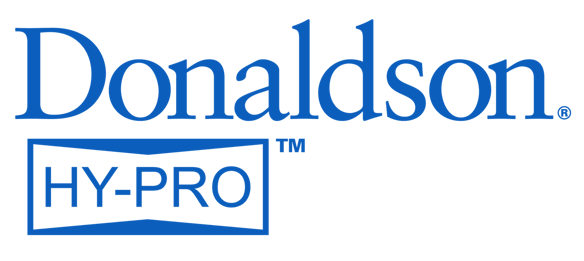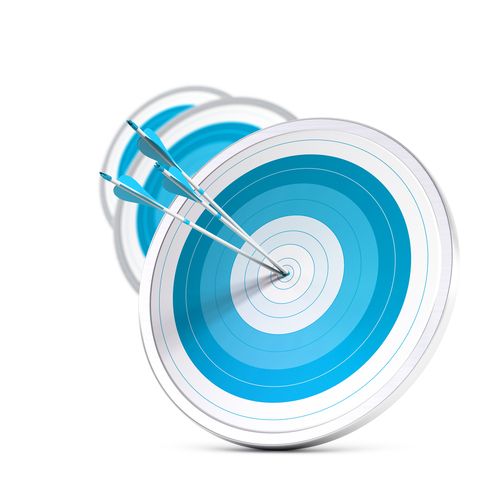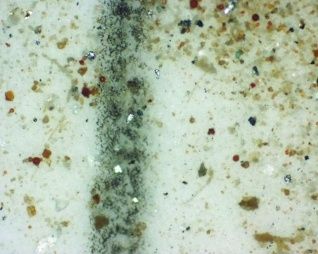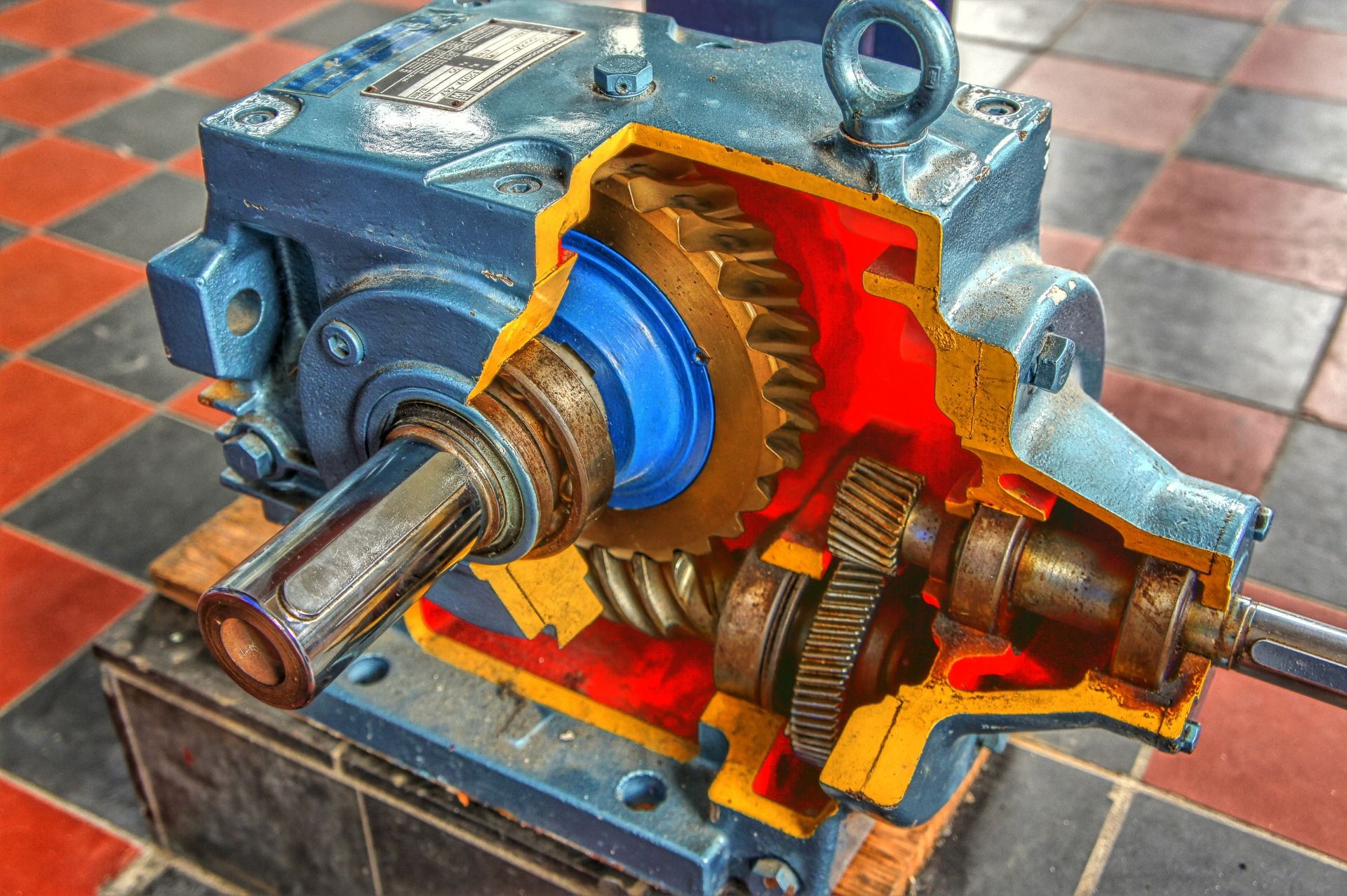Static electricity is an amazing thing. It can cause hairs to stand on end when rubbed with a balloon, which can cause it to then stick to a wall. (It’s a fun trick, especially for kids). Unfortunately, when it comes to interaction with filters, static can have devastating results.
1 min read
Eliminating Filter Element Sparking
By Hy-Pro Marketing on Mon, Aug. 12, 2013
Topics: thermal event varnish SVR NSD filter elements
2 min read
Getting Started with Selecting Target ISO Cleanliness Codes
By Hy-Pro Marketing on Mon, Jul. 29, 2013
Here at Hy-Pro, we understand the importance of selecting target ISO Cleanliness Codes. That’s why we’ve put together this set of instructions for selecting target codes in case you’re in need of a little help.
Topics: iso cleanliness codes
2 min read
How Clean is New Oil? Part 2
By Hy-Pro Marketing on Mon, Apr. 15, 2013
Previously, we discussed how new oil picks up contamination on its way to your facility. Let's take a look at a three more reasons your new oil continues to be contaminated as it reaches your distributor.
Topics: contamination new oil liquid conditioning station LCS
2 min read
How Clean is New Oil? Part 1
By Hy-Pro Marketing on Tue, Apr. 09, 2013
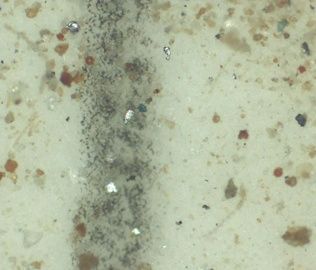
Lubricants and hydraulic oil have to go a long way to make it into your system, which means there's a high potential for it to pick up particulate and water at every step along the way.
Around here at Hy-Pro, we cringe when we think about that process and how our customers put that oil into their machines. We want you to be aware of the state of the oil that you're using, so let's take a look at three reasons why new oil does not mean CLEAN oil.
Topics: contamination new oil liquid conditioning station LCS
1 min read
Improving Rolling Mill Lube Oil Performance and Useful Life - Part 3: Solution
By Hy-Pro Marketing on Mon, Mar. 18, 2013
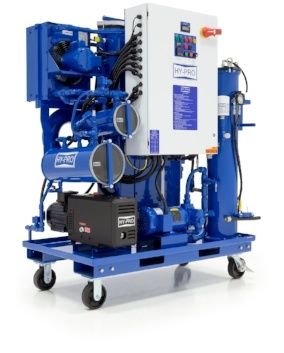 At the end of Part 2, we discussed the winning nature of vacuum dehydration. If you missed Part 1 in the series, you can find it here.
At the end of Part 2, we discussed the winning nature of vacuum dehydration. If you missed Part 1 in the series, you can find it here.
Did you know that hydrogen is the friendliest molecule - meaning that it is most likely seeking partners to attach to? Similarly, the suspended particles in oil actively look for particles to join forces, so they pair with the water.
This particulate contamination is the catalyst guilty of continuing the degradation of the oil and the increase of emulsified water. The more water there is, the more oxidation that occurrs. This also increases various acids that form as the molecules break down. These acids attack seals, hoses, pumps and metal.
Topics: contamination iso cleanliness codes steel mills rolling mill lubricating oil vacuum dehydrator
2 min read
Improving Rolling Mill Lube Oil Performance and Useful Life - Part 2: Prevention
By Hy-Pro Marketing on Fri, Feb. 22, 2013
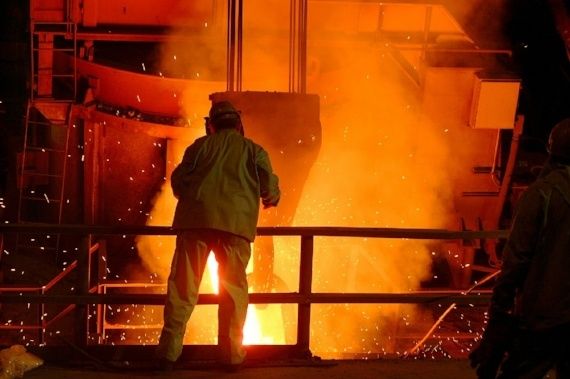
If you're just tuning in and didn't catch the first part of our steel mill and lube oil series, click here.
When we left off, we just determined how the high levels of emulsified water and high particulate contamination levels work together to cause bearing failure and reduce oil life. So, how do we prevent this expensive combination from happening? We're glad you asked!
Topics: contamination iso cleanliness codes steel mills rolling mill lubricating oil oil mills vacuum dehydrator
2 min read
Improving Rolling Mill Lube Oil Performance and Useful Life - Part 1: Quality
By Hy-Pro Marketing on Fri, Feb. 15, 2013
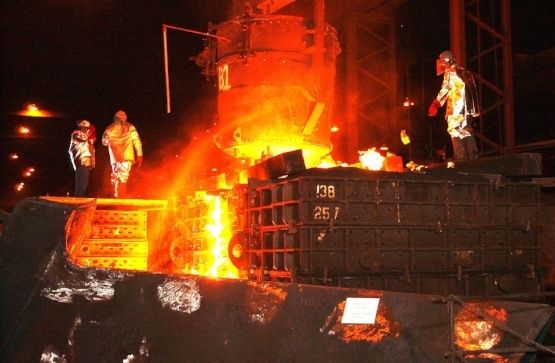
Premium oils keep steel mills running. It's crucial to protect their quality in order to keep the mills fully functioning.
In both hot and cold steel mill production, high-demulsibility lubricant is used for backup roller bearing lubrication. Some of these oils are referred to as SD, which stands for super-demulsibility. Not surprisingly, these SD oils are a premium product and come at a premium price. If a manufacturer wants to invest in these big-ticket oils, they obviously want to go to great lengths in order to keep them clean and fully functioning.
Join us for this three-part series as we take an in-depth look at improving rolling mill lube oil performance and useful life.
Topics: contamination iso cleanliness codes steel mills vacuum dehydrator
1 min read
Keeping Clean in a Dirty Environment [Case Study]
By Hy-Pro Marketing on Fri, Feb. 08, 2013
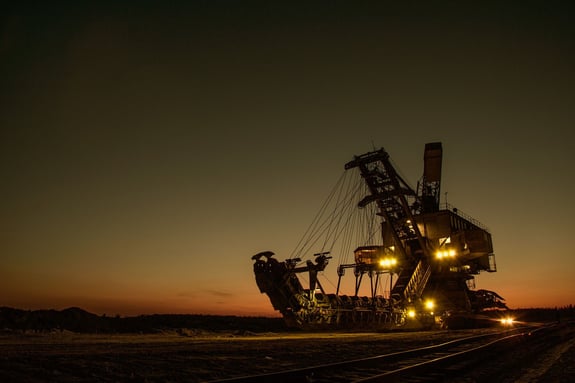
Mining is a dirty business, as you can imagine, and equipment used to aid in mining efforts is not immune to the filth. Yet it is imperative to keep fluid clean. Not only will it save time and money, it lessens the amount of downtime for repairs, which is always a great goal.
Topics: contamination case study hydraulic
7 min read
Hydraulic and Lubrication Filter Types and Locations
By Hy-Pro Marketing on Thu, Jan. 31, 2013
Choosing the right filter isn’t just about micron ratings. It’s about protecting uptime, extending fluid life, and preventing avoidable failures. Selecting the right hydraulic or lubrication filter can improve system reliability and prevent costly failures. This guide explains filter types, where they belong, and what to consider when choosing them.
Topics: offline filtration duplex low-pressure hydraulic duplex high-pressure filter elements lube oil
1 min read
How to Prevent Gearbox Failure
By Hy-Pro Marketing on Thu, Jan. 17, 2013
When gearboxes go down, it’s generally because of contamination. This is a costly repair on its own, but once you include the loss of production from downtime, the cost can soar to astronomical figures. Sadly, though, sometimes gearbox failure happens, which wastes your time and money. Let’s take a look at some of the main causes of gearbox contamination and how you can prevent it.
